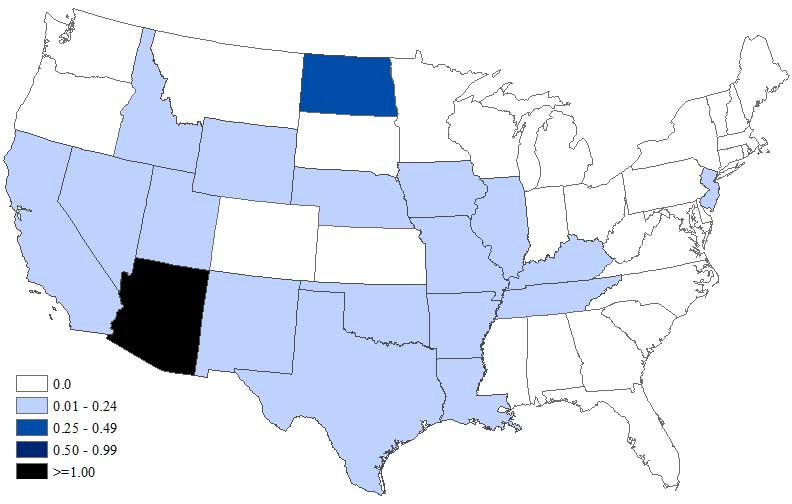
Victim struggles with West Nile effects
Bountiful woman still battles virus' aftereffects
By Heather May The Salt Lake Tribune
Article Last Updated: 07/24/2008 12:37:07 AM MDT
BOUNTIFUL - As she stood outside her new home with her new husband two years ago, Melissa Dimond was bit by a mosquito. She remembers thinking, "I hope I don't get West Nile [virus]." Two weeks later came the telltale signs. She developed a rash and severe headaches. She lost some vision in her left eye.
Bountiful woman still battles virus' aftereffects
By Heather May The Salt Lake Tribune
Article Last Updated: 07/24/2008 12:37:07 AM MDT
BOUNTIFUL - As she stood outside her new home with her new husband two years ago, Melissa Dimond was bit by a mosquito. She remembers thinking, "I hope I don't get West Nile [virus]." Two weeks later came the telltale signs. She developed a rash and severe headaches. She lost some vision in her left eye.
The type 1 diabetic grew spacey, twice throwing away the device that checks her blood-sugar levels. Eventually, after a couple of emergency room visits because she couldn't keep food or water down, close one of her eyes or remember how to put contact lenses in or use her insulin pump, tests confirmed she had the virus and one of its most serious repercussions. The virus had developed into meningoencephalitis - it had inflamed her brain and the membranes of the spinal cord. Most people infected with West Nile don't develop symptoms.
Dimond and her husband, Blake, spoke to reporters Wednesday about her ordeal as a cautionary tale about the importance of protection during mosquito season. To make the point of how easy the virus is to contract, Dimond noted she knew something about the disease as an epidemiologist at the state health department. "This type of illness is really rare. That needs to stay in perspective," she said from her living room couch. But, she added, "it's really not worth the risk, even if it is small."
Common in Africa, West Asia and the Middle East, the virus spread to the United States in 1999 and to Utah in 2003. It's typically spread through mosquitos, which become infected after feeding on infected birds. Last year, the state reported 70 human cases that resulted in two deaths. So far this year, the virus has infected two people, one in Uintah County and another reported in Salt Lake County this week. Both reported fevers. The virus has also been detected in either pools, mosquitos or birds in Box Elder, Davis, Kane, Millard, Utah and Washington counties.
The state health department says the virus has surely spread throughout the state. Dimond guesses she was outside at dusk for about 20 minutes when she got bit in September 2006. She thinks she was so severely affected because her immune system was compromised by diabetes and a sinus infection she had at the time. She spent about a month in the hospital. She couldn't swallow, smile or stick out her tongue. She couldn't walk or raise her arms and she had double vision. Doctors didn't know if she suffered brain damage. "It was devastating," Blake Dimond recalled. "To see your wife without any facial expression, sick, relying on machines to feed her. . . . I just wanted to know: Is it going to be my same Melissa that I married?"
It took six months of relearning skills as basic as coughing and spitting to get to where she is today. She still tires easily and has trouble walking because the toes of her left foot curl in. But she is back to work and can take care of herself again. Her vocal range has limits, but she has rejoined her church choir. Her goal is to be able to mountain bike again. The couple are more cautious than ever about warding off mosquitos. Citronella candles are on the porch. She steers clear of most evening barbecues. "I'm really proud to have her back," Blake Dimond said. "I had no idea she could get that sick."
contact: hmay@sltrib.com


No comments:
Post a Comment